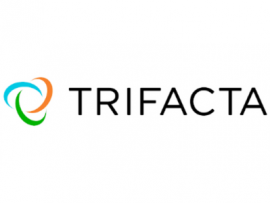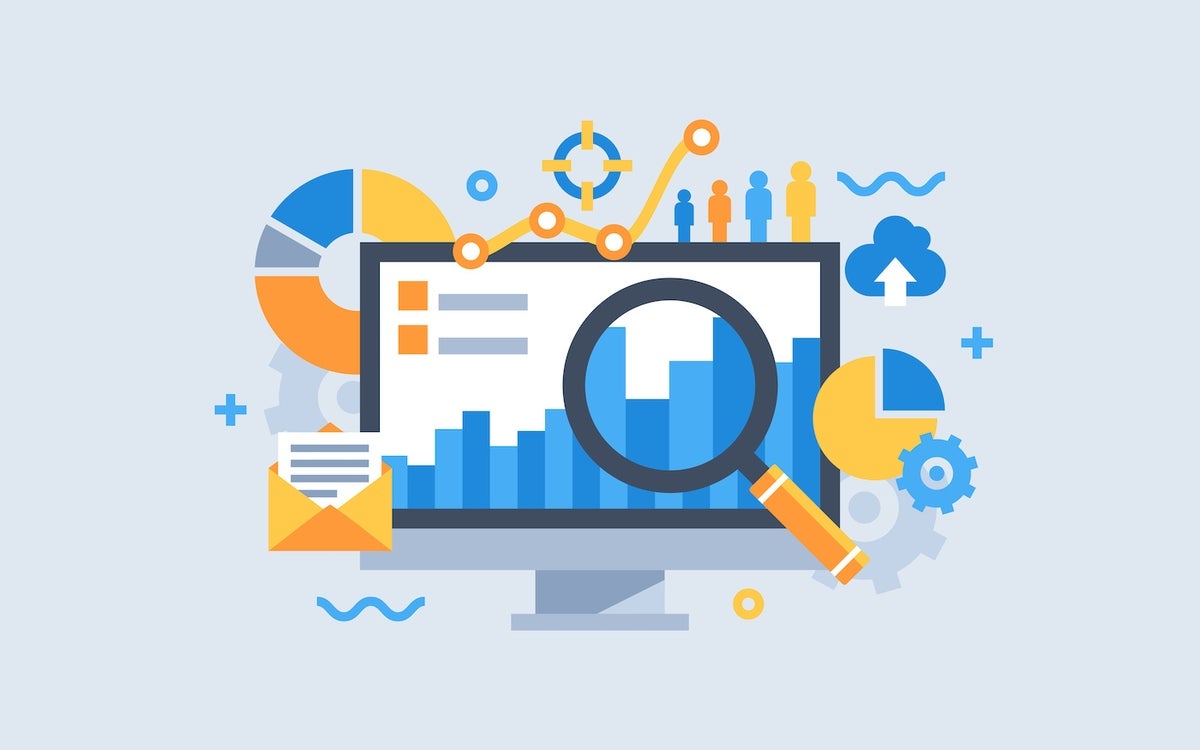
Data quality management relies heavily on people and process, but increasingly, companies are beginning to also incorporate data quality technology into their data quality management strategies. Founded in 1997, Data Ladder is one of the leading providers of data quality and cleansing solutions that many of these companies are turning to. Learn more in this comprehensive review of Data Ladder.
Jump to:
What is Data Ladder?

Data Ladder is a leading provider of data quality solutions, with a specialization in data cleansing functionality. The services and products offered by Data Ladder, such as DataMatch Enterprise, allow businesses to get maximum value from their data through data deduplication, data profiling, data matching and data enrichment operations.
SEE: Hiring kit: Database administrator (TechRepublic Premium)
The projects delivered by Data Ladder include data quality management, modern data cleansing, entity resolution and address verification. Data Ladder clients include Fortune 500 companies such as GE, HP and Deloitte. The services offered by Data Ladder are categorized into professional services, training and certifications services, implementation services, and tailored programs.
Key features of Data Ladder
Data import
Data Ladder offers an all-in-one solution for connecting, importing and combining data from isolated data sources throughout a business environment. This includes data from different types of cloud storage, local files, relational databases, APIs and file formats. The seamless data import process ensures all data sources are connected to the application, regardless of data format or source. Data Ladder uses an Open Database Connectivity (ODBC) interface for data import.
Data profiling
Data profiling refers to the process of examining data to understand how it is structured and uncover details about the content of datasets. Data Ladder offers a 360-view of data through its industry-leading data profiling tools that can be used to identify data types, data patterns and blank values while also flagging data cleansing opportunities.
Data cleansing
One of the core differentiators with Data Ladder is its data cleansing tools, which can be used to remove duplicate, empty and invalid data to achieve data standardization across all data sources. These tools can also be used to create and validate data patterns.
Data matching
Data matching is the process of comparing data to calculate the level of similarity. This process helps identify and eliminate data, especially for datasets that don’t contain unique identifiers or foreign keys. Data Ladder offers a data matching feature to execute data matching algorithms; data matching criteria can be customized based on individual requirements.
Deduplication
Manual data deduplication can be time-consuming and prone to human error. The deduplication tools offered by Data Ladder help automate the process of finding and removing duplicate data records. Even if there are no exact values or unique identifiers, Data Ladder is able to find duplicate data. This is made possible through the advanced algorithms behind Data Ladder tools.
Merge and purge
The merge and purge features Data Ladder provides allow for the storage and integration of entity records. These tools help overcome structural differences across datasets, avoid data loss during merge and purge, and streamline data-driven decision-making.
Pros and cons
Pros
Dada Ladder solutions are some of the fastest and most reliable solutions on the market. The DataMatch application is able to work quickly, even with large datasets. It can also load data tables extremely quickly.
Another key benefit of using Data Ladder is the friendly user interface (UI) and ease of use it offers, especially for users of the DataMatch solution. Although Data Ladder provides some live training sessions and tutorials to get users started with their applications, several users have reported that they needed only minimal training because the application interface is so straightforward.
Cons
There are a few advanced features in Data Ladder that don’t have a lot of documentation available on how to use them. This includes features for creating customer data profiling patterns, advanced matching options and setting up survivorship rules. Some users have also reported minor bugs in the data-matching algorithm.
Data Ladder alternatives

WinPure
WinPure Clean & Match is one of Data Ladder’s top competitors. WinPure offers similar high speeds and accuracy in data matching and cleaning. It also offers advanced features, including proprietary algorithms to detect data issues. Other top features include auto-select master data, tools to export results, merge and purge tools, and a dashboard for data matching scores.

OpenRefine
Another top alternative to Data Ladder is OpenRefine, previously known as Google Refine, which is an open source data quality and transformation application. It offers various data cleaning tools that can convert data formats and perform data matching. OpenRefine allows users to parse data from the internet and work on data directly on their machines.
Trifacta

Designer Cloud by Trifacta is a data-cleaning application that is available on-premises and as a cloud-based application. It caters to small, medium and larger-sized businesses. The core features of Trifacta include data cleaning, data validation, data structuring and data analytics. It also uses machine learning algorithms to recommend data transformations.
SEE: Hiring kit: Database administrator (TechRepublic Premium)

